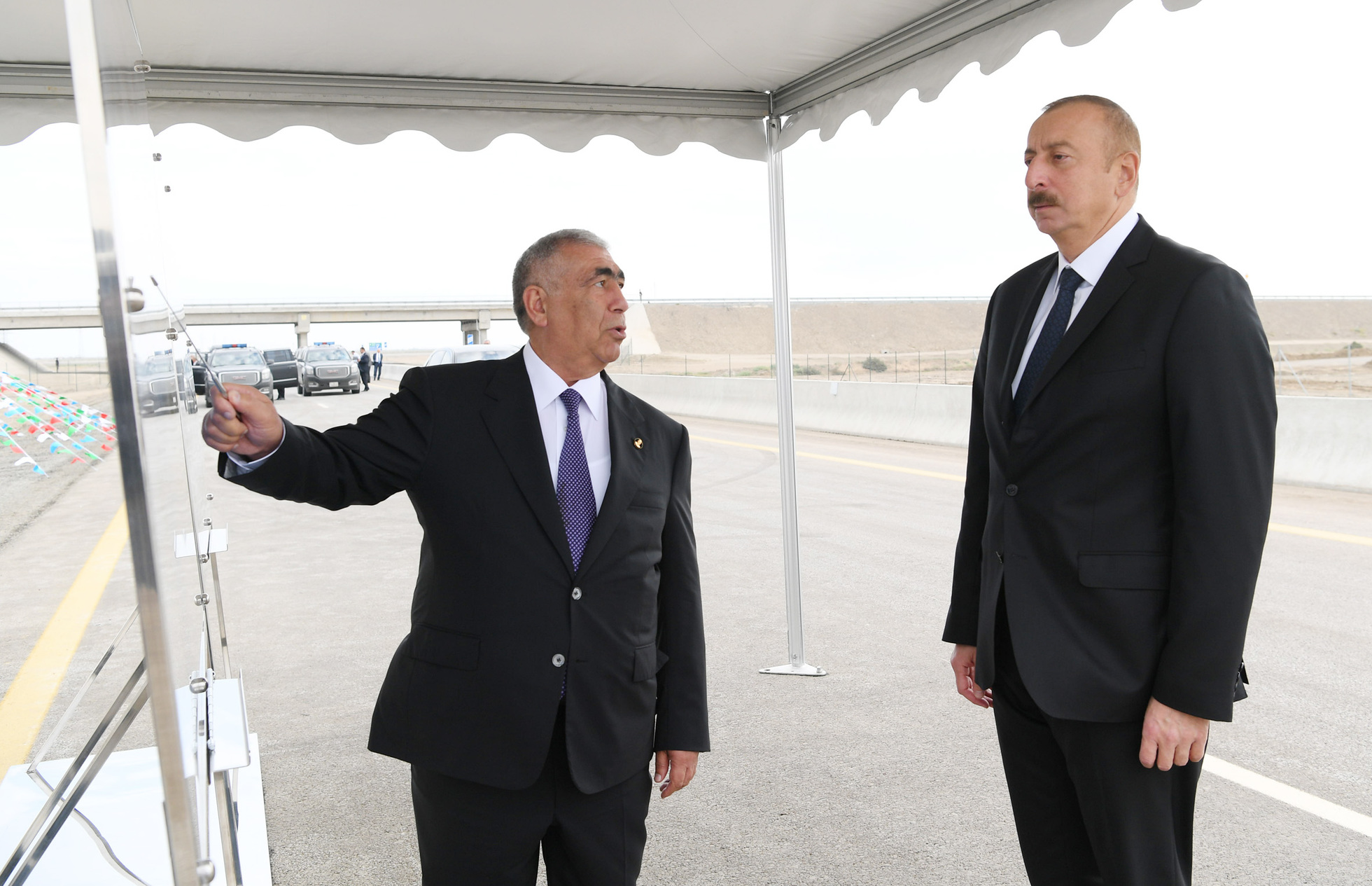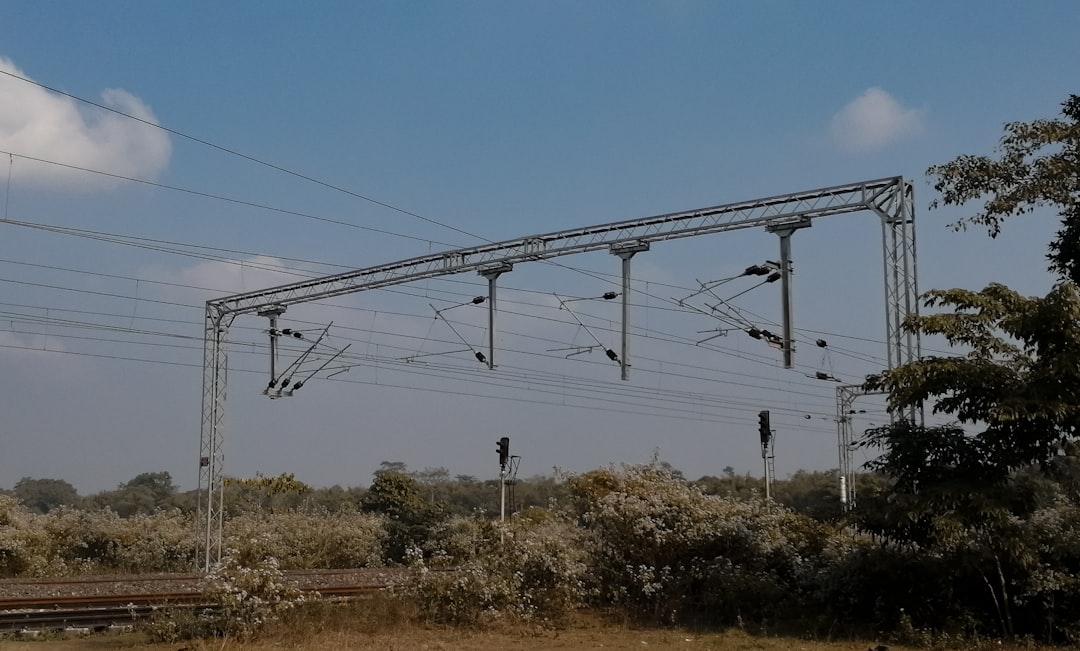Cross-Border Shopping Creates Economic Winners and Losers

The Delaware-Pennsylvania border has become a shopping paradise where residents regularly cross state lines to avoid Pennsylvania’s sales tax on clothing and other items. According to the Delaware Division of Revenue, cross-border shopping generates approximately $2.3 billion annually for Delaware retailers, creating a significant economic drain on neighboring Pennsylvania communities. This phenomenon has led to the closure of numerous retail establishments in border towns like Marcus Hook and Chester, Pennsylvania, while simultaneously boosting employment and tax revenue in Delaware’s New Castle County. The ripple effects extend beyond retail, as restaurants, gas stations, and service businesses in Delaware benefit from the increased foot traffic, while their Pennsylvania counterparts struggle to compete with the tax advantage just miles away.
Tax Haven States Reshape Regional Business Landscapes

New Hampshire’s lack of state income tax has transformed the Massachusetts-New Hampshire border into a dynamic economic zone where businesses and residents make strategic location decisions based on tax implications. Data from the New Hampshire Department of Revenue Administration shows that over 89,000 Massachusetts residents commute to New Hampshire for work, contributing to a 15% increase in cross-border employment since 2020. This migration has created thriving business districts in towns like Nashua and Salem, New Hampshire, while simultaneously draining talent and tax revenue from Massachusetts border communities. The economic impact is so significant that Massachusetts legislators have proposed various measures to recapture lost tax revenue, including attempts to tax residents who work in New Hampshire. The competition has intensified as remote work policies post-pandemic have made it easier for people to live in New Hampshire while maintaining jobs based in Massachusetts, fundamentally altering the economic geography of New England.
Minimum Wage Disparities Drive Labor Market Distortions

The stark difference in minimum wage laws between states creates artificial labor markets that distort natural economic patterns along state borders. As of 2024, Washington State’s minimum wage of $16.28 per hour compared to Idaho’s $7.25 creates a powerful economic magnet that pulls workers across the border daily. The Washington State Employment Security Department reports that approximately 45,000 Idaho residents commute to Washington for work, primarily in retail, hospitality, and service industries. This cross-border labor flow has created labor shortages in Idaho border towns while simultaneously depressing wages in Washington as employers take advantage of the willing workforce from across the state line. The phenomenon has led to the development of entire communities whose economic existence depends on this wage arbitrage, with housing markets in Idaho border towns pricing in the proximity to higher-paying Washington jobs.
Healthcare Access Becomes a Geographic Lottery

State-by-state variations in Medicaid expansion and healthcare regulations have created dramatic disparities in healthcare access that profoundly impact border communities. According to the Kaiser Family Foundation’s 2024 analysis, residents in non-expansion states like Texas often travel to neighboring expansion states for medical care, creating an underground healthcare economy along state borders. Emergency departments in expansion states report treating 23% more patients from non-expansion neighboring states compared to 2019, straining resources and creating financial burdens for hospitals. This healthcare migration has led to the development of specialized medical facilities near state borders, with some Texas border towns losing medical facilities while New Mexico border communities see increased healthcare investment. The economic impact extends beyond healthcare, as medical tourism affects local economies through increased demand for lodging, dining, and transportation services in states with more generous healthcare policies.
Cannabis Legalization Creates New Border Economies

The patchwork of cannabis legalization across states has created entirely new economic ecosystems along state borders, fundamentally altering local business landscapes and community dynamics. Colorado’s early legalization led to the development of cannabis tourism, with the Colorado Department of Revenue reporting that 44% of cannabis purchases in border counties come from out-of-state visitors as of 2023. This influx has transformed small border towns like Trinidad, Colorado, where cannabis dispensaries now generate more tax revenue than traditional businesses, funding new infrastructure and public services. Conversely, neighboring states like Kansas and Nebraska have seen their border communities lose potential tax revenue while dealing with increased law enforcement costs related to cannabis trafficking. The economic disparity has become so pronounced that some border towns in prohibition states have experienced population decline as residents move to take advantage of legal cannabis markets and related economic opportunities.
Professional Licensing Barriers Fragment Service Markets

Different professional licensing requirements across states create artificial barriers that prevent efficient service delivery and limit economic opportunities in border regions. The Institute for Justice’s 2024 study found that occupational licensing requirements affect 30% of workers nationally, with significant variations between states creating particular challenges for border communities. Hair stylists, real estate agents, and construction workers often cannot legally work across state lines without obtaining additional licenses, limiting competition and increasing costs for consumers. This regulatory fragmentation has led to the development of specialized cross-border service businesses that navigate multiple licensing regimes, while simultaneously creating service deserts in areas where licensed professionals are scarce. The economic impact is particularly severe in rural border areas where the limited population cannot support multiple licensed professionals, leading to higher service costs and reduced access to essential services.
Corporate Tax Policies Influence Business Location Decisions

State corporate tax policies create powerful incentives that shape business location decisions and economic development patterns along state borders. South Dakota’s absence of corporate income tax has attracted numerous businesses to relocate from neighboring states, with the South Dakota Department of Revenue reporting a 28% increase in business incorporations since 2020. This tax competition has led to the development of specialized business districts near state borders, where companies can take advantage of favorable tax treatment while maintaining access to markets in higher-tax states. The phenomenon has created economic clusters in unexpected locations, with some previously rural border areas experiencing rapid commercial development due to their strategic tax advantages. However, this competition has also led to a race to the bottom in some regions, where states continuously reduce business taxes to prevent companies from relocating across state lines, ultimately reducing public revenue available for infrastructure and services.
Educational Funding Disparities Create Regional Talent Gaps

Significant differences in educational funding and quality between states create long-term economic consequences that ripple through border communities for decades. The Education Trust’s 2024 analysis reveals that per-pupil spending variations between neighboring states can exceed $8,000 annually, creating profound disparities in educational outcomes and future economic opportunities. Border communities in well-funded states often experience brain drain as educated residents move to economic centers, while underfunded border areas struggle to attract and retain skilled workers. This educational divide has led to the development of specialized boarding schools and educational services near state borders, where parents pay premium prices to access better educational opportunities. The long-term economic impact manifests in reduced innovation capacity, lower average wages, and decreased economic competitiveness in regions with historically underfunded educational systems.
Transportation Infrastructure Investments Follow Political Boundaries

State-specific transportation funding and planning create discontinuous infrastructure networks that inefficiently serve border communities and limit economic development. The American Society of Civil Engineers’ 2023 report highlights numerous examples where highways, bridges, and public transit systems abruptly change quality or availability at state borders, creating economic bottlenecks. Border communities often find themselves at the end of transportation investment priorities for both states, resulting in inadequate infrastructure that limits business development and economic growth. This infrastructure fragmentation has led to the development of alternative transportation networks, including private shuttle services and specialized logistics companies that navigate the gaps in public transportation. The economic consequences are particularly severe for manufacturing and distribution businesses that require efficient transportation networks, often forcing them to locate away from border areas despite other economic advantages.
Environmental Regulations Create Competitive Advantages

Varying environmental regulations between states create economic opportunities and challenges that reshape industrial development patterns along state borders. The Environmental Protection Agency’s 2024 data shows that industries regularly relocate to states with more permissive environmental regulations, creating industrial clusters in border regions with favorable regulatory climates. This regulatory shopping has led to the development of specialized industrial parks near state borders, where companies can minimize compliance costs while maintaining access to markets in more regulated states. However, communities in states with stricter environmental standards often experience job losses as industries relocate across state lines, creating economic hardship and political tension. The long-term economic impact includes increased healthcare costs and environmental remediation expenses in states with more permissive regulations, while regulated states often benefit from cleaner environments and tourism-related economic opportunities.
Energy Policies Drive Regional Economic Specialization

State-specific energy policies and regulations create distinct economic zones along borders where energy production, distribution, and consumption patterns reflect political rather than geographic realities. Texas’s deregulated electricity market has created opportunities for energy trading and specialized services that benefit border communities, while neighboring states with regulated markets often experience higher energy costs and reduced industrial competitiveness. The renewable energy sector has been particularly affected by state policy differences, with wind and solar developments clustering in states with favorable renewable energy policies, creating new economic opportunities in previously economically marginal border areas. According to the Energy Information Administration’s 2024 report, cross-border energy trading has increased by 34% since 2020, creating new economic relationships and dependencies between border communities. This energy policy fragmentation has led to the development of specialized energy infrastructure and services that specifically serve cross-border markets, fundamentally altering the economic landscape of energy-producing regions.
Immigration Policies Shape Border Community Demographics

State-level immigration policies and enforcement practices create distinct economic environments that profoundly impact border communities’ labor markets and business development. According to the Migration Policy Institute’s 2024 analysis, states with more welcoming immigration policies experience higher rates of entrepreneurship and small business development, particularly in border areas where immigrant communities often establish their first businesses. This policy variation has created economic specialization along state borders, with some communities becoming centers for immigrant-owned businesses while others experience labor shortages due to restrictive policies. The economic impact extends beyond direct business creation, as immigrant entrepreneurs often revitalize declining border communities through commercial development and increased consumer spending. However, the fragmented approach to immigration policy has also created uncertainty for businesses that rely on immigrant labor, leading to increased costs and reduced competitiveness in states with more restrictive immigration enforcement.
Cultural and Social Policies Influence Community Development

State differences in cultural and social policies create distinct community identities and economic opportunities that shape long-term development patterns along borders. The Williams Institute’s 2024 research shows that LGBTQ+ individuals and families often migrate to states with more inclusive policies, creating economic opportunities in welcoming border communities while simultaneously draining talent from less inclusive areas. This cultural policy divide has led to the development of specialized services and businesses that cater to specific communities, creating economic niches that wouldn’t exist without state-level policy differences. Border communities often find themselves at the intersection of different cultural and social environments, creating unique economic opportunities for businesses that can serve diverse populations. The long-term economic consequences include increased innovation and creativity in inclusive communities, while restrictive policy environments often experience reduced economic dynamism and slower population growth.






